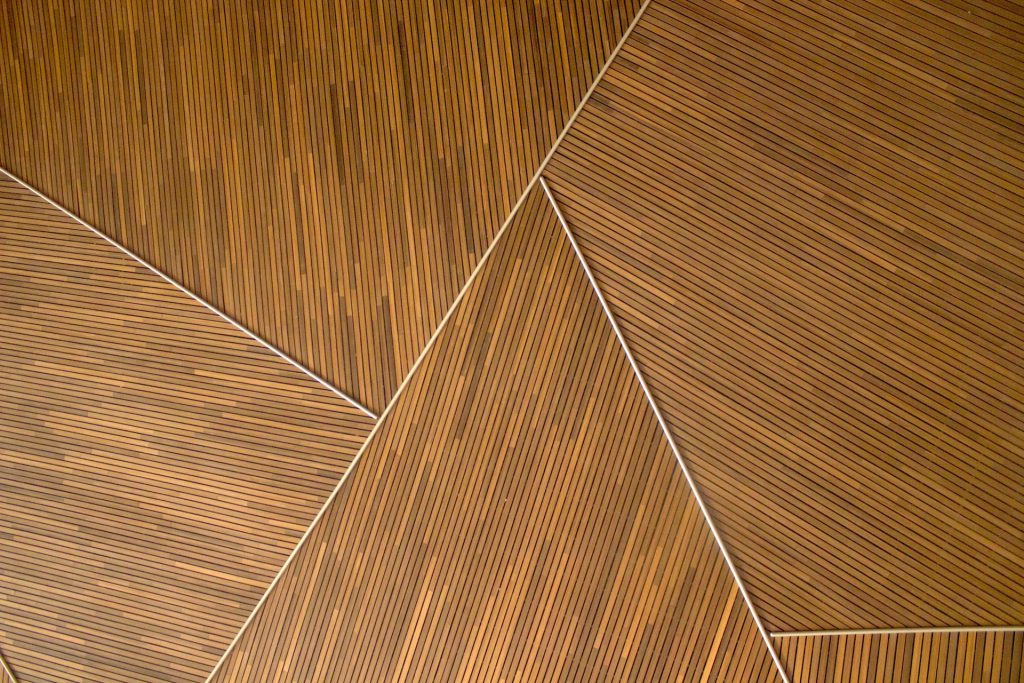Creating geometric objects from scratch is a task that can be accomplished with a variety of tools. The straightedge and compass are the most common tools for doing the task, but there are many others.
A compass is a tool with two legs that are hinged to change the distance between them. The compass can be used to draw circles, arcs, and straight lines. It can also be used to measure a certain length.
One of the most elusive geometric constructions is the midpoint of a line. To measure the midpoint of a line, one would need to divide the line by two, which is not particularly useful. The correct measure is to measure the length of the line between two points.
Euclid was one of the first mathematicians to use the compass and straightedge to draw geometric objects. He also incorporated some of the more common constructions into his Elements.
Creating a geometric construction is not an easy task. Many mathematicians have had to defend their wares from attacks by both external and internal critics. In the antiquity era, constructions were a mainstay of Greek geometers.
The true art of creating a geometric construction is to abide by a strict set of construction rules and principles. A rigorous proof is a must for a precise construction. This may involve the application of a construction postulate in a stepwise process.
There are also many mathematical constructions that rely on previous constructions. One of the simplest of these is the bisector of a line segment.

